Can you name the parts of your refrigerator system? What about your HVAC?
No? You’re not alone! Most homeowners struggle with understanding the technical aspect of how their home appliances work. While this often doesn’t matter on an average day, a basic understanding can help you to determine the appliance repair and service that’s necessary for your home.
When a service professional shows up, it can feel uncomfortable to have to ask them to explain what valve or hose they are even talking about. Instead of taking the “fake it til you make it” mentality, learn some simple terms and practical steps to take when assessing your home appliance repair needs.
Home Appliance Repair and Service 101
Our S&S Appliance service professionals put together some simple steps to help homeowners understand the basics of home appliance repair and service.
Home Appliance Terms
We could fill a book with all the home appliance parts, manufacturers, and related terms that our team has learned and put into practice over the last 50 years of service. But for now, we’ll start with some simple, relevant terms that often come up when we visit a home for an appliance repair.
Important Terms to Know
- Circuit Breaker – An electrical switch designed as a safety device. A circuit breaker protects against electrical damage caused by an overloaded or short circuit.
- Capillary Tube – A small tube used as a metering device. Capillary tubes provide a managed amount of resistance to fluid passing through it. They control the flow of refrigerant in sealed systems for refrigerators, freezers, air conditioners, dehumidifiers, and more.
- Door Gasket – A flexible material that seals the door openings on refrigerators, dryers, ovens, and dishwashers. Also called a seal, door gaskets provide an air-tight or water-proof seal.
- Gas Valve – Controls the flow of gases such as liquefied petroleum, oxygen, and natural gas. They are available in a variety of metal or plastic materials that are compatible with the media controlled and pressure requirements. Gas valves act as a combination pressure regulator and are found in water heaters, furnaces, gas ranges, and dryers.
- OEM Parts – OEM is an abbreviation for Original Equipment Manufacturer. OEM parts are replacement parts for home appliances. The phrase differentiates replacement parts supplied by the original appliance manufacturer from aftermarket replacement parts.
- Sealed System – The system in which refrigeration occurs. A sealed system, or cooling system, is the entire refrigeration operation, consisting of a compressor, evaporator, condenser, filter, tubing, and other appliance parts.
- Voltage – The pressure in an electrical circuit. Voltage is measured in volts and shows the difference in static charges between two points. The higher the voltage is in an electrical circuit, the greater the electrical current is.
These terms provide a solid foundation for understanding your home appliances. Another great place to begin is by reading through your home appliance manuals and manufacturer and service warranties. Becoming familiar with your home appliances can help you know how to best take care of them and prolong their lifespan.
What To Do If Your Home Appliance is Having Issues
While learning the technical terms can help you navigate a conversation with your local home appliance servicer, the best thing for homeowners to know is how to approach home appliance problems. If your home appliances are experiencing issues, there are some simple steps you can take to resolve the problem.
- Make sure the home appliance is plugged into the wall. You’d be surprised how often homeowners find that their appliance simply needed a quick solution. Check the power settings, make sure the appliance has a stable setup, and try to turn it on.
- Listen. Is your home appliance making an unusual noise? Fans and motors tend to cause a racket when malfunctioning.
- Inspect. Inspect the appliance for any notable signs of damage. Look around the seals, valves, and hoses and document any found tears, holes, or other damage.
- Call your local home appliance servicer. Some common appliance problems have simple solutions, but others require significant work. Don’t create more damage by postponing service or by trying to repair the appliance on your own.
If you’re unsure of how to describe what problems your home appliance is facing, take photos and videos to show your service professional. Trustworthy and dependable local appliance servicers don’t expect homeowners to understand everything about home appliances – that’s why we’re here to help!
S&S Appliance: Alabama’s Largest Independent Servicer
Appliance repair is no easy feat. That’s why it’s best to leave it to the professionals if you feel out of your element. While there are some simple repairs you can do at home, most appliance repairs and services are better done by someone with expertise and knowledge of home appliances.
As always, if you are confused about the appliance service you’re receiving, ask your S & S Appliance service professional to explain the repair and why it’s needed. We love servicing our communities to get their homes to have the most reliable and safe home appliances.
Our service technicians offer quality service, timely consultations, and effective repairs. Call us at 1-205-426-5468. You can also schedule an appointment online.
